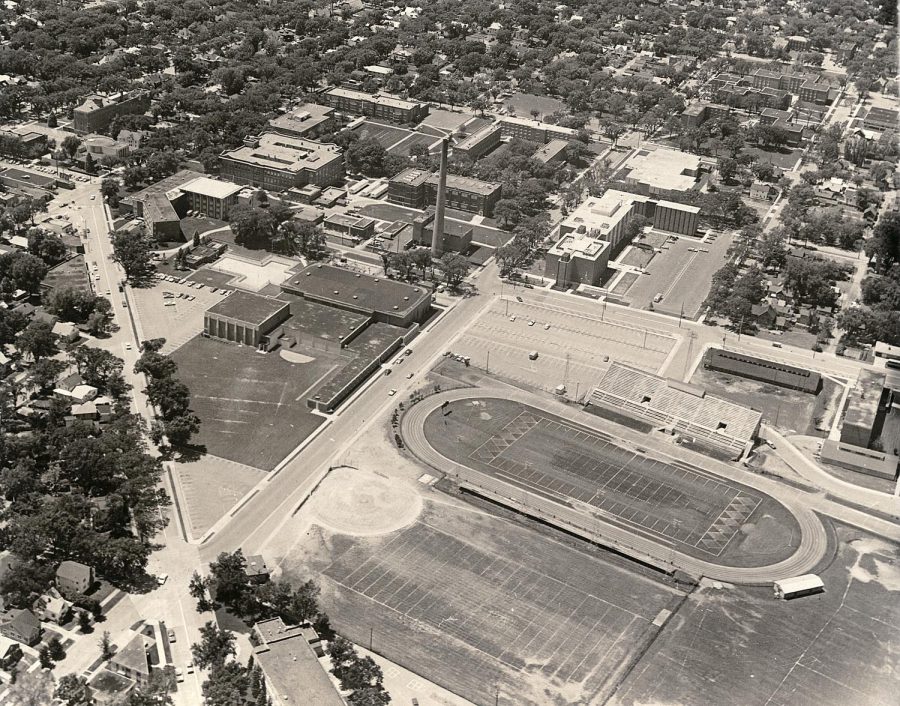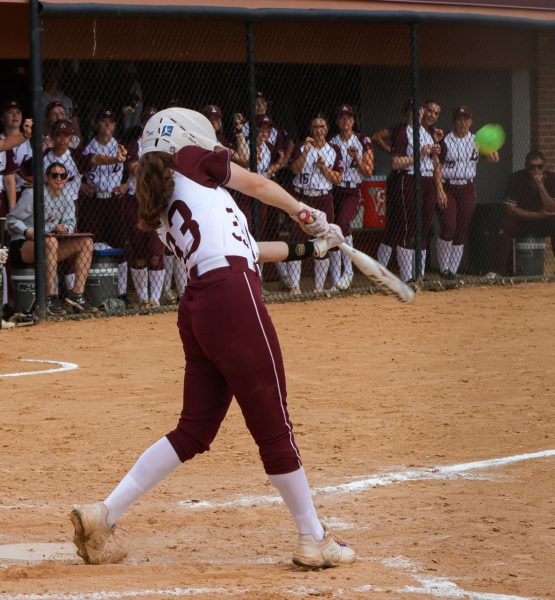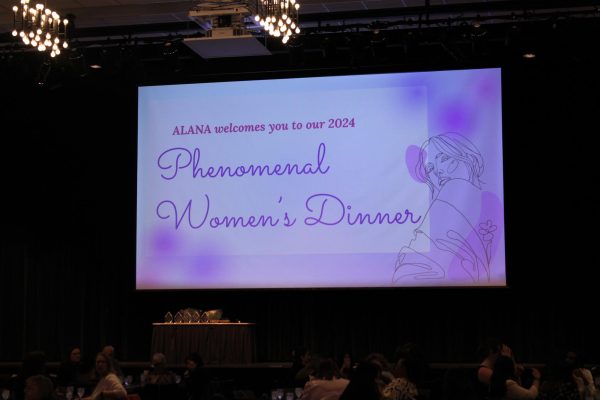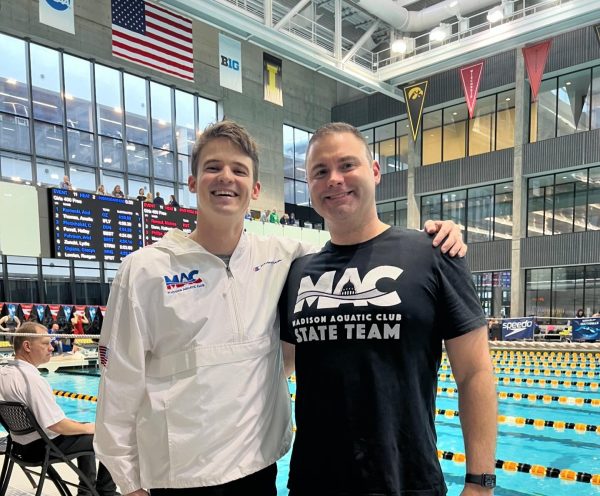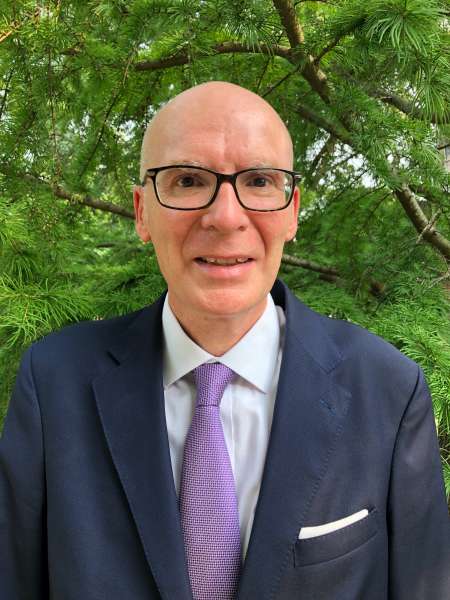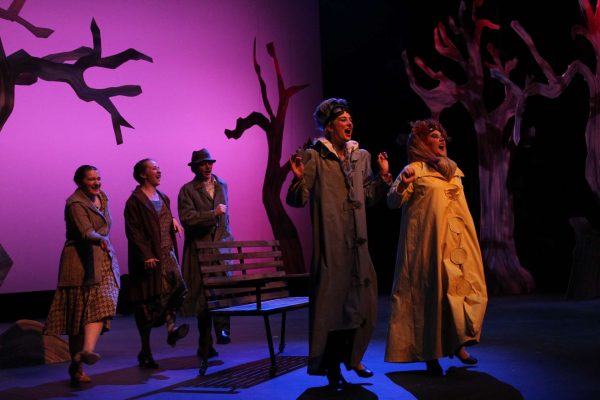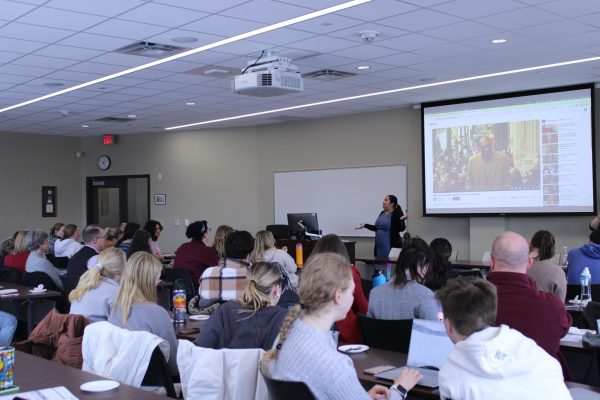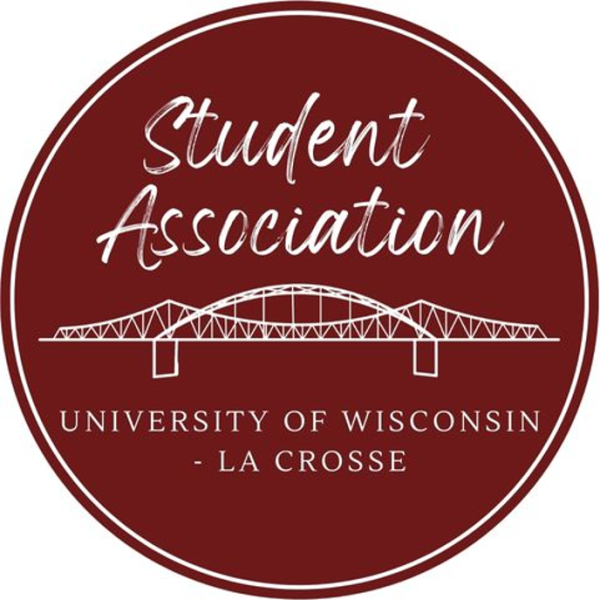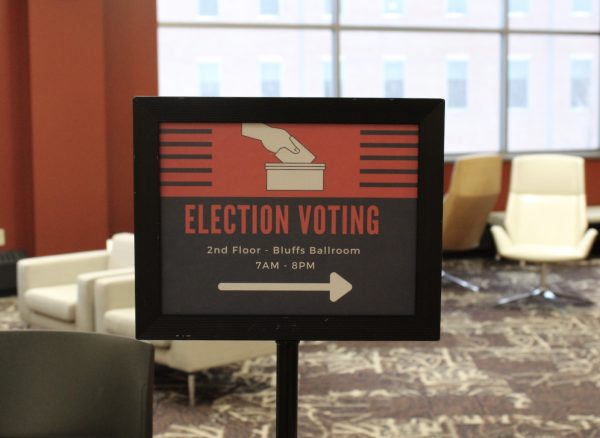UW-L’s Academic Buildings and Their Journeys
April 3, 2017
The quiet UW-L campus has an abundance of history leading back to its establishment in 1909. Many students and staff wander in and out of academic buildings, tossing their names around, but do they know where their names originated?
Originally a normal school, known as a school that prepared high school graduates how to be teachers, UW-L began with only one Main Hall.
Graff Main Hall—previously Main Hall—was the only building on campus at the time of establishment. The building was renamed Maurice O. Graff Main Hall in ’97 after a longtime professor and vice chancellor. (lacrossetribune.com) The normal school established various extra circulars during its first years, including a campus newspaper, The Racquet, which consecutively publishes today.
A La Crosse resident, Thomas Morris, sponsored a bill that lead to the university’s creation around 1916. Morris moved to La Crosse to work as a barber before attending the University of Wisconsin at Madison for law, then later returned to La Crosse to practice his profession. Morris Hall was built in his honor in 1939, starting out as a Teacher’s College Training School.
At the time of the normal school’s demise in 1916, Wittich Hall was also built after some delay due to WWI. This roughly one hundred-year-old building was originally the physical education building on campus. Campus Vanguard, Anna Dineen has insight on future Wittich plans, “in 2018 UW-L plans to renovate the inside of Wittich to be the new College of Business Administration,” Dineen continued, “what’s cool about this project is that they preserving the outside of the building because it’s historically protected.”
UW-L’s Archaeology Center, built in 1940 as the campus heating plant was later remodeled to contain laboratories. It now displays artifacts and descriptions of regional cultures from the last 10,000 years (web.archive.org).
Post WWII is when most of the campus began to really build up. In ’56 the Florence Wing Library was established as the UW-L’s first library. Wing was the campus’s first librarian. The building was later remodeled as a technology center in 2001 (web.archive.org).
Over the next eighteen years the university expanded, adding more academic buildings, student centers, and residence halls.
In 1959, the school celebrated its 50th anniversary. That same year, John F Kennedy gave a speech in Graff Main Hall during his presidential campaign that can be found here.
As 1965 rolled around, construction on Mitchell and Cowley Halls were completed. Four short years later, the university library was moved to what students now know as the Eugene Murphy Library. At the time of construction, the building cost $2.5 million (http://digital.library.wisc.edu/1793/11745).
North Hall, years later renamed Wimberly Hall was constructed in 1974. Carl Wimberly was a dedicated professor, dean, and later vice chancellor who recently passed last year (lacrossetribune.com).
Centennial Hall is the newest academic building on campus since ’74, opening in Fall of 2011 at in the same launch years as Eagle Hall. Centennial is home to the Hall of Nations, representing UW-L’s campus’s diversity. Centennial was built and replaced Baird, Trowbridge, and Wilder Hall which housed many students, but were outdated with the arrival of newer dormitory halls.
In ’91 with the start of UW-L’s third chancellor’s term, the university made exceptional progress in the health and science field. Judith Kuipers, one of UW-L’s first female leaders, brought together UW-L, Viterbo, Western Technical College, and local medical centers to provide medical research and training. This lead to the establishment in 2000 of the multi-million dollar Health Science Center, which is still shared by UW-L, Western Tech, and is now home to Gunderson medical research labs (web.archive.org).
To find out more information about the history of UW-L’s campus visit the Archives in the Special Collections center located in Murphy Library.

